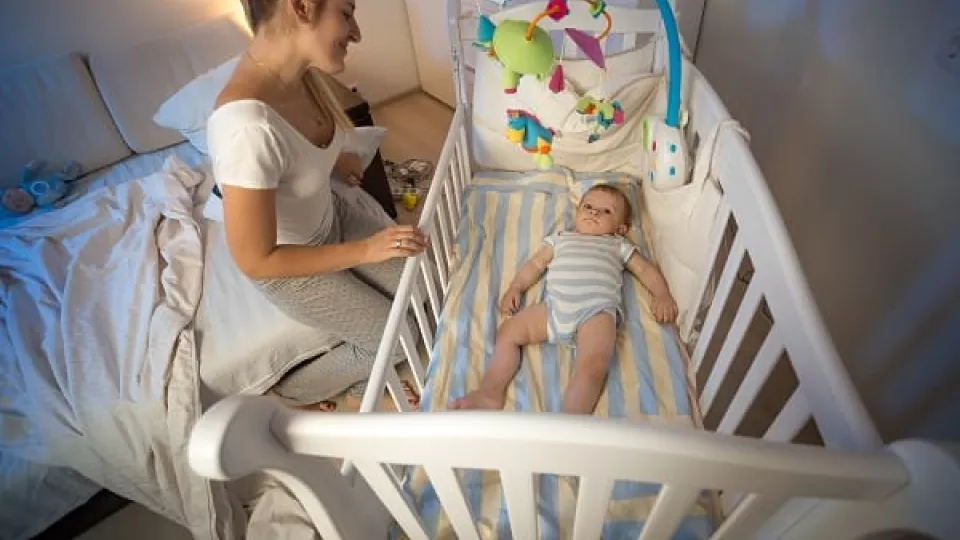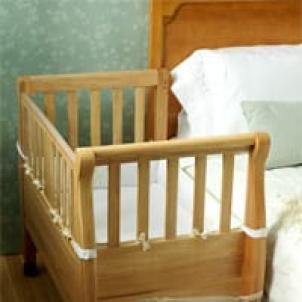
Co-Sleeping Can Do More Harm Than Good
Co-sleeping is defined as parents and infants sleeping together in an adult bed. Although something of a controversial practice in the U.S., co-sleeping or bed sharing remains the most common sleeping arrangement in a majority of cultures around the world.

Experts believe that co-sleeping can do more harm than good. With guidance from Thomas Keens, MD, Attending Physician in Pulmonology and Sleep Medicine at Children’s Hospital Los Angeles, below we share the risks and alternatives of co-sleeping to help new and current parents feel more empowered to make the appropriate decision for their family.
What is being said at the national level
The United States Consumer Product Safety Commission (CPSC) recommends that children under the age of 2 not be placed in adult beds to sleep. Instead, they should sleep in cribs that meet federal safety standards.
The American Academy of Pediatrics (AAP) recommends that infants should sleep in a crib, bassinet, or cradle approved by the CPSC, should sleep in the same room as the parents, and should not co-sleep with other individuals for at least the first six months of life and, ideally, for up to a year.
Why co-sleeping can harm your baby
Safety concerns are the top reason research on the subject opposes co-sleeping. Those serious safety concerns include:
- Overlying
- Smothering
- Suffocation
- Entrapment
- Strangulation
- Sudden infant death syndrome (SIDS)
Other concerns with co-sleeping involve the delayed development of infant independence and sleep issues. For example, infants who fall asleep with their parents in the same bed have been observed to have more sleep problems associated with shorter and more fragmented sleep.
Best sleeping arrangement for you and your infant

The AAP recommends that infants sleep in close proximity to their mothers but sleep on their own sleeping surface—such as a crib, bassinet, or cradle—to avoid safety risks, injury, or even death. This sleeping arrangement offers the best of both worlds, both to aid in breastfeeding success and keep the newborn infant safe. Bed attachments called bedside sleepers can accommodate the recommended sleeping arrangement.
Why some argue for co-sleeping
While some assert cultural, social, and psychosocial factors as reasons to support co-sleeping, the most often cited argument in favor of co-sleeping is that it helps facilitate breastfeeding. Though there is research on the relationship between co-sleeping and breastfeeding, many of the other arguments made in support of co-sleeping have not been shown scientifically to benefit infants.
A safe alternative to co-sleeping
Use a bedside sleeper! The CPCS defines a bedside sleeper as a strong frame assembly that is secured to an adult bed and may be combined with a fabric or mesh intended to provide a sleeping environment for infants.
Bedside sleepers, which the CPCS holds to the same strict safety standards as bassinets and cradles, are anchored to the adult bed so the infant can be within arm’s reach without being exposed to any of the risks connected to sleeping in an adult bed.


